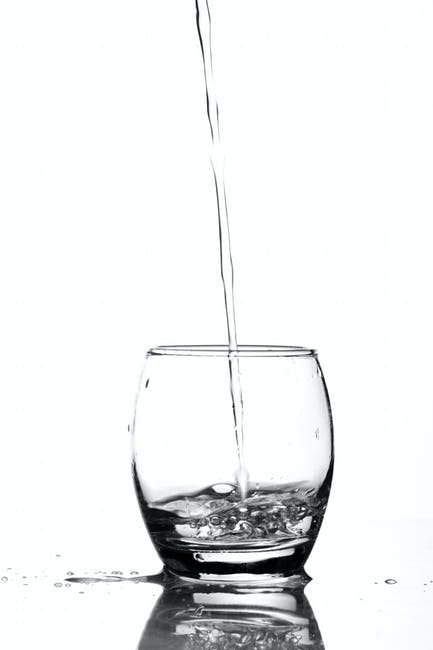Worldwide, safely managed drinking water services cater to over 5 billion people. However, 884 million folks still have no access to safe drinking water.
Even in the US, many people drink unsafe, disease-causing water. That’s despite the country having some of the world’s best water treatment systems. A primary reason is the nation’s aging water infrastructure.
The good news is that there are several ways to ensure you have pure drinking water at home. This guide rounds up the best ways to improve drinking water quality, so be sure to read on.
1. Invest in a Water Purifier
In the US, the term “pure” refers to water with a total dissolved solid content of no more than 10 parts per million (ppm). However, pure water doesn’t exist in nature. For example, natural groundwater often has 250 or more ppm of total dissolved solids (TDS).
TDS include minerals, such as calcium, magnesium, iron, zinc, and copper. Depending on the source, it may also contain other contaminants, such as chemicals.
As such, the only way to purify water is to treat it with a mechanical process. This involves using water purifying systems equipped with filters that remove impurities. Most of these use technologies such as reverse osmosis and ultraviolet (UV) purification.
2. Remember to Replace Water Filters
Over time, the filters of pure drinking water systems get clogged with contaminants. How long it takes before you need to replace them varies based on how much water passes through them.
For example, the folks at www.supremewatersales.com say you need to change a sediment pre-filter or carbon filter every six months. By contrast, a hollow fiber filter needs replacement every 12 months.
Either way, be sure to replace filters on time, as failure to do so can put you at risk of drinking contaminated water.
3. Boil Your Drinking Water
Boiled water is the best water to drink in times of emergencies, such as during power outages. In such cases, whole-home purifiers won’t work since there’s no electricity to run them.
Boiling kills or inactivates disease-causing bacteria, viruses, and fungi in the water. It doesn’t completely purify water, but it does help make it safer to drink. It can also help treat minor to moderate levels of water murkiness or turbidity.
If you live at an altitude of under 5,000 feet, be sure to bring the water to a rolling boil for no less than one minute. If you live somewhere higher, let the water boil for at least three minutes. Then, allow the water to undergo natural cooling (don’t add ice!) before drinking.
4. Consider Pure Bottled Drinking Water
Purified bottled water can cost anywhere from 240 to 10,000 times more than tap water. However, that cost is nowhere near what you may face in a hospital if you end up with a waterborne illness.
So, in case of emergencies and you have no power and gas, consider drinking bottled water in the meantime.
Make Tap Water Safer by Converting It to Pure Drinking Water
As you can see, a home water purifying system is one of the best ways to enjoy pure drinking water straight from the tap. You can also prepare for emergencies by storing purified water in seal-tight containers. This way, you can avoid the exorbitant costs of bottled water if you run out of gas or the power goes out.
Interested in more tips on healthy living and improving your home? Then please feel free to browse our latest news and blog posts!





Leave a Reply
You must be logged in to post a comment.